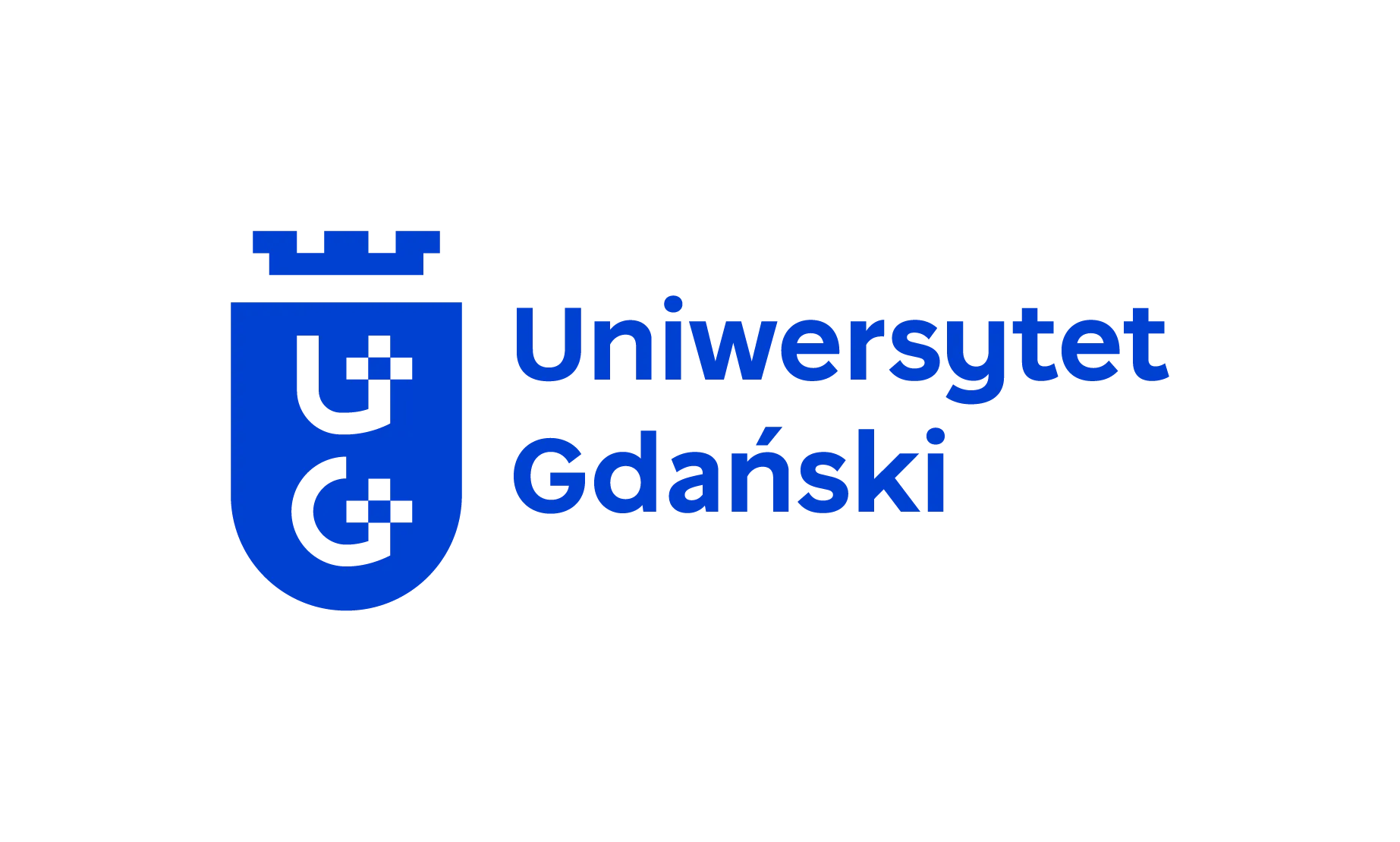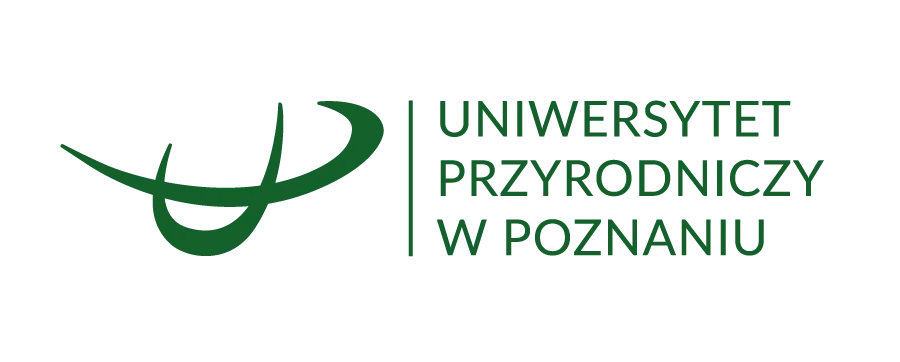
A team of physicists from Poland and Germany has pushed the boundaries of experimental physics by using a thousand-kilometre quantum interferometer to search for dark matter.
By doing so, the researchers established the most stringent laboratory limits to date on its interaction with ordinary matter.
The results, published in Nature Communications, were obtained through a collaboration between scientists from the Faculty of Physics, Astronomy and Applied Computer Science at the Jagiellonian University, led by Professor Szymon Pustelny, and their German counterparts at the Johannes Gutenberg University in Mainz.
‘Dark matter is crucial for the evolution of the Universe as we know it, yet it continues to escape direct observation,’ the team said in a press release. ‘Its presence is inferred only from astronomical data, making it one of nature’s greatest unsolved mysteries.’
To probe for dark matter, the researchers developed an advanced scientific instrument: a 1,000-kilometre interferometer built around two highly sensitive atomic comagnetometers.
These spin-sensitive quantum sensors are capable of detecting minute interactions between hypothetical dark matter particles—specifically axions—and the spins of electrons and atomic nuclei.
Spin, a fundamental quantum property of particles, acts like an intrinsic form of angular momentum.
The interferometer is designed to register the slightest distortions to particle spin that could be caused by so-called stochastic dark matter. In this scenario, ultra-light axions behave like waves, subtly disturbing matter as they pass through.
Although the experiment did not yield a detectable axion-like particle (ALP) signal, the researchers set unprecedented limits on ALP interactions with neutrons, protons, and electrons, covering nine orders of magnitude in particle mass.
(PAP)‘By showing where there is no dark matter, we help refine existing theories and guide future efforts to more promising areas,’ said Professor Pustelny. ‘This research not only narrows the search but also confirms that quantum sensor networks can be scaled to continental distances,’ he added.
abu/ bar/













